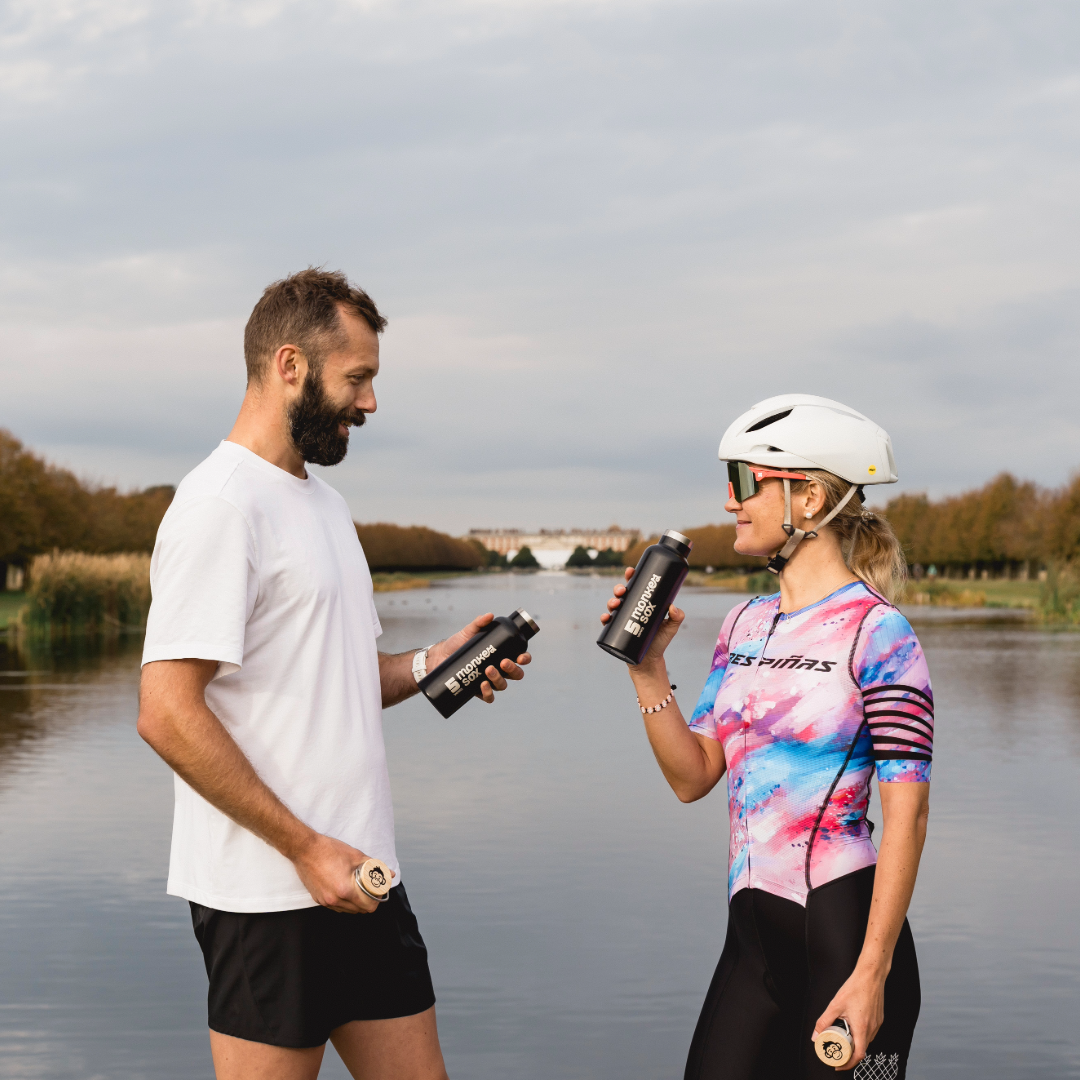Why use Compression Socks?

Crash course: What are compression socks?
Aside from being our stylish knee-high range, what is the purpose of compression socks? Let’s break it down into 3 categories: prep, race, and recovery.

1. Prep:
Imagine you have a race abroad and need to fly there. According to research, wearing graded compression stockings can minimise the risk of lower limb swelling by up to 3.5 times than if not wearing them, as well as improving post-flight comfort!
2. Race:
During a race your heart works hard to pump your blood around your body in order to reach the necessary muscles for the sport you’re doing. After delivering oxygen to the muscles, blood goes back to the heart, but must return against gravity. The pressure in your veins, together with the pump mechanism provided by your calf muscles, helps to push the blood back up. Compression socks provide an added pressure to help the efficiency of blood flow. The body then adapts to this and tells the heart that it will not have to work as hard to elevate your heart rate in order to provide adequate oxygen to the working muscles. By reducing the body’s work needed to bring your blood back up to the body, that saved energy can then be used to focus on getting your PB!
3. Recovery:
By increasing the efficiency of oxygen reaching your muscles, compression socks in turn ease the workload of the heart (the body’s main circulation pump), providing your body with the best conditions for recovery. The additional compression also helps the body remove waste products at a faster rate such as lactic acid, which accumulate during prolonged exercise. This helps reduce muscle fatigue and shortensthe time needed to recover from strenuous physical activity.
Our socks are Level 1 compression which means they are safe for long distance running and long term wear for recovery - you could even sleep in them as the pros do to maximise the benefits!
Around the ankle, they start at 20mmHg compression and taper to 15mmHg at the top, with a soft rib cuff to provide compression and a strong hug to keep them from sliding. The compression portion of the sock is made from a hexagonal mesh, which has a 6-way stretch to provide optimum comfort and a proper fit for all calf sizes.

References:
1. Hagan, M.J. and Lambert, S.M., 2008. A randomised crossover study of low‐ankle‐pressure graduated‐compression tights in reducing flight‐induced ankle oedema. Medical journal of Australia, 188(2), pp.81-84.
2. Hsieh, H.F. and Lee, F.P., 2005. Graduated compression stockings as prophylaxis for flight‐related venous thrombosis: systematic literature review. Journal of Advanced Nursing, 51(1), pp.83-98.
3. Armstrong, S.A., Till, E.S., Maloney, S.R. and Harris, G.A., 2015. Compression socks and functional recovery following marathon running: a randomized controlled trial. The Journal of Strength & Conditioning Research, 29(2), pp.528-533.
4. Stanek, J.M., 2017. The effectiveness of compression socks for athletic performance and recovery. Journal of sport rehabilitation, 26(1), pp.109-114.
5. Fletcher, L., Raab, S., Sanderson, S. and Vargo, L., 2014. Efficacy of compression socks to enhance recovery in distance athletes. Sport and Art, 2(2), pp.15-18.



